We love visiting 6th graders at Portland’s Hosford Middle School, and have done so now for multiple years! Returning again and again, with new students, new volunteers, different weather, different brain specimens and newly crafted pipe cleaner neurons and glia, in pre-pandemic, raging-pandemic and current pandemic conditions – has deepened our connection with this high energy Portland Public school.
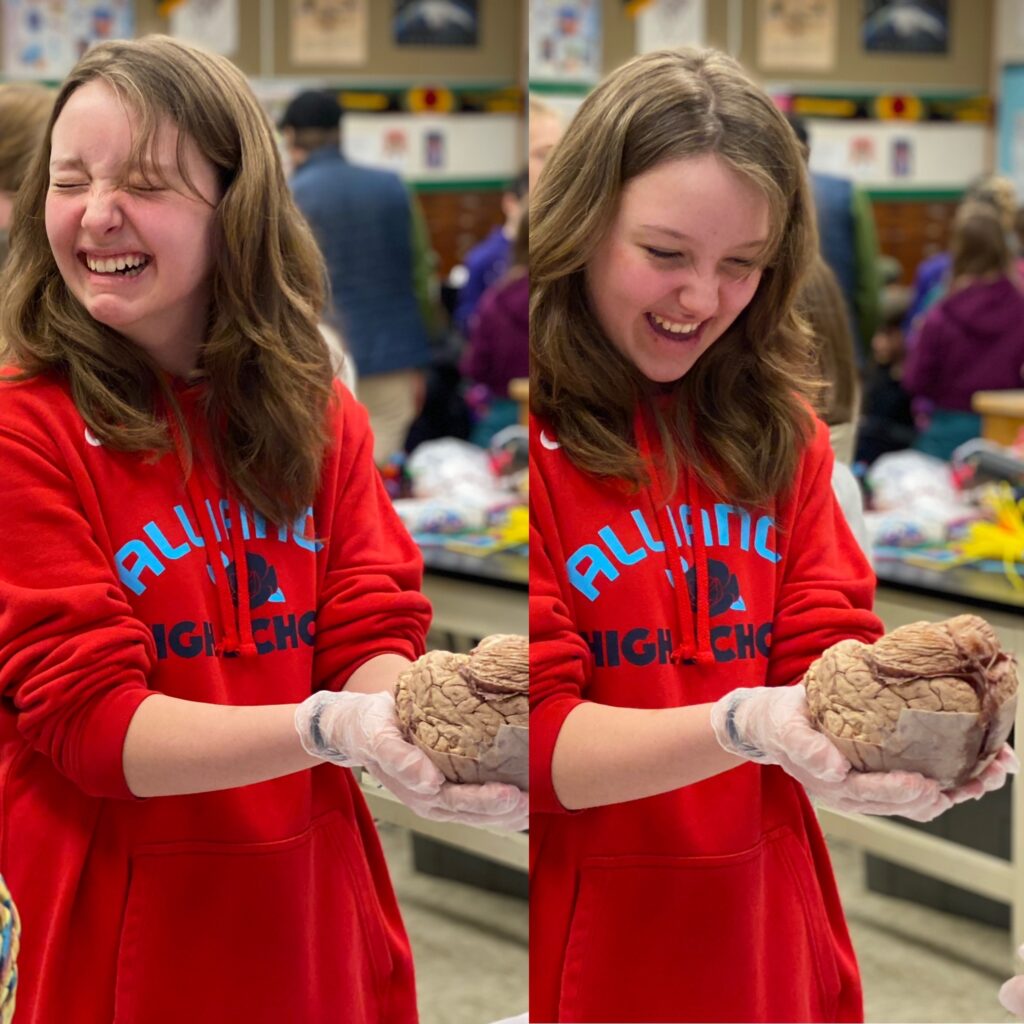
LEARN MORE: Hosford, Hippocampi & Hope
LEARN MORE: Brains examining brains
LEARN MORE: Brains, Art & Inquiry @ Hosford
LEARN MORE: Honest selves @ Hosford
LEARN MORE: High energy Hosford: Tumors, music & drugs!
It’s also impacted our brains – and our memories!
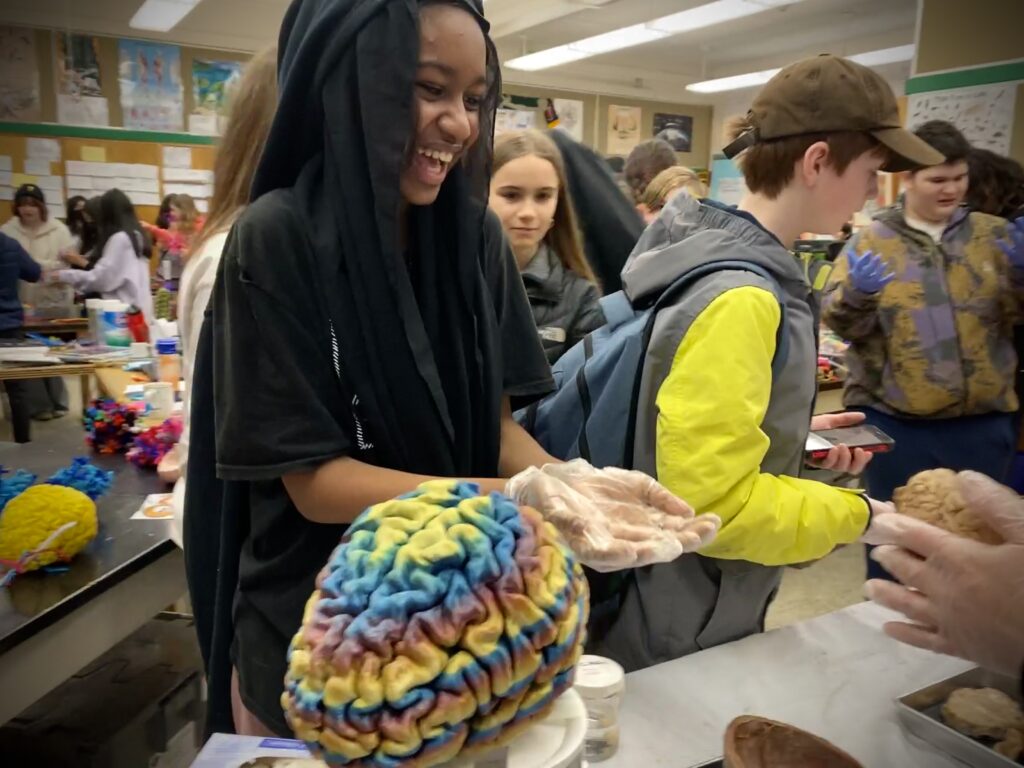
We are indebted to Hosford Science Teachers Jane Van Dam and Kevin Marquardt, and Hosford Vice Principal Amy Slaughter, who warmly welcome our extra noggins, graduate and undergraduate participants and sciart projects to their vibrant classrooms.

This time our Noggin volunteers included Khelen Walsh, Julian Rodriguez, Allonte Barakat, Kristin Preston, Mina Sattari, Natalie Partipilo, Martin Lemke and Rosenbaum scholar Josie Borden, all undergraduates studying interdisciplinary neuroscience at Portland State University!
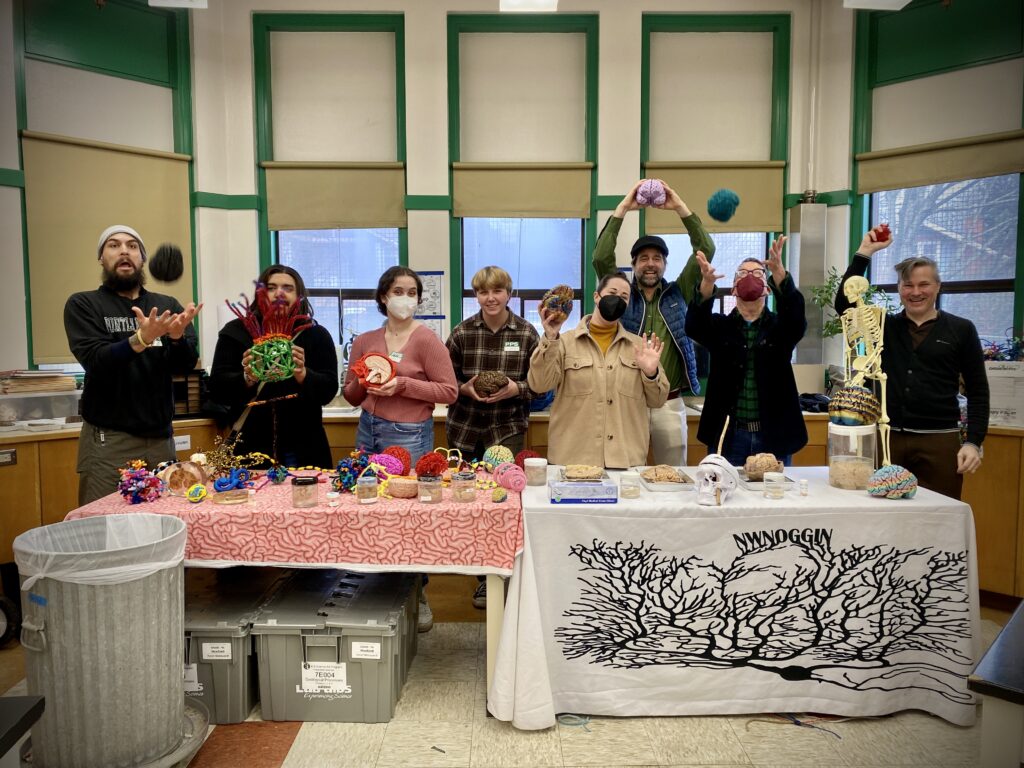
Is brainwashing scientifically possible?
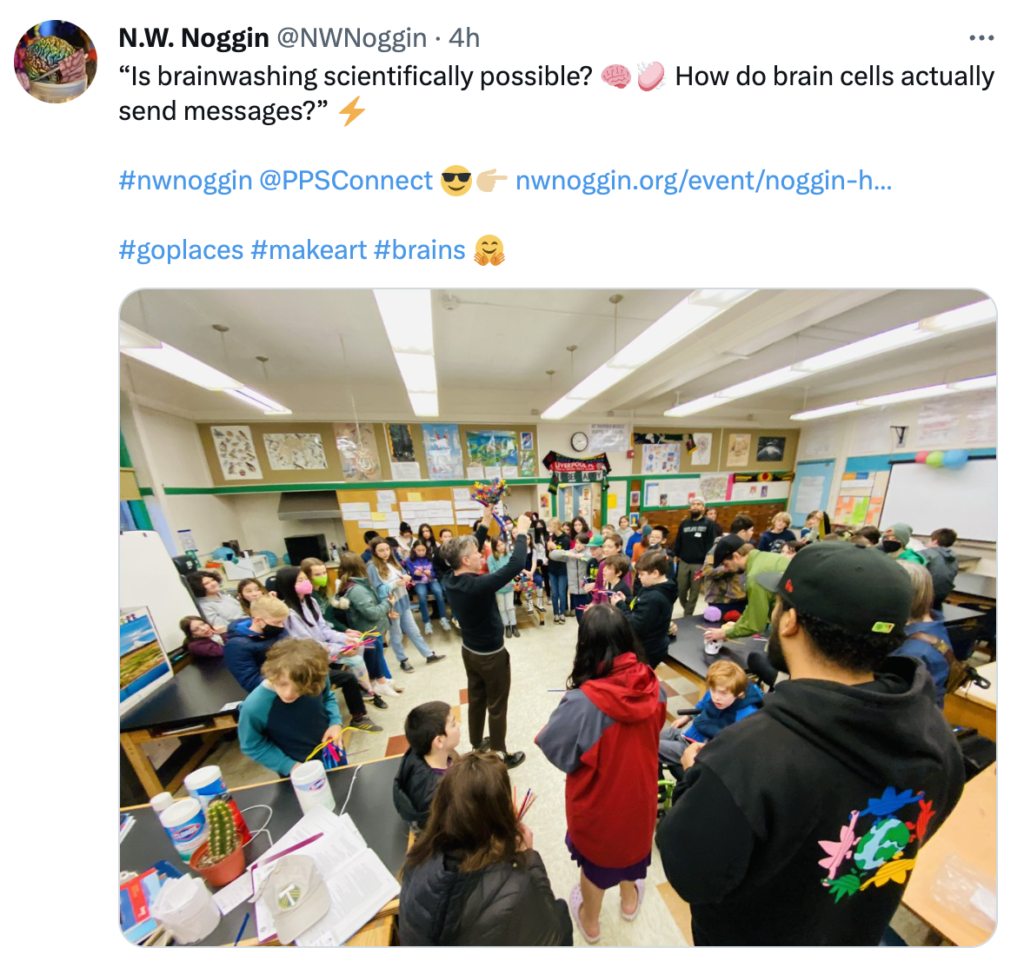
We took a deep dive into “brainwashing” – starting with what students thought it was.
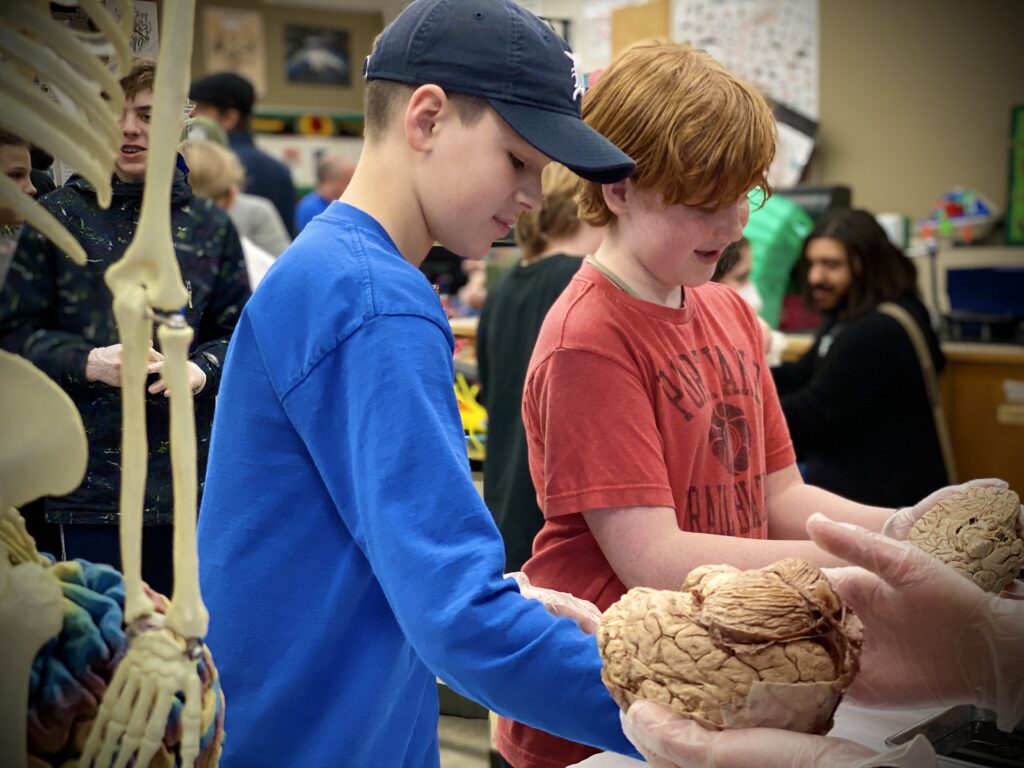
They had plenty of ideas, offering definitions like “taking control of another person,” and “making a person do things you want them to do.”
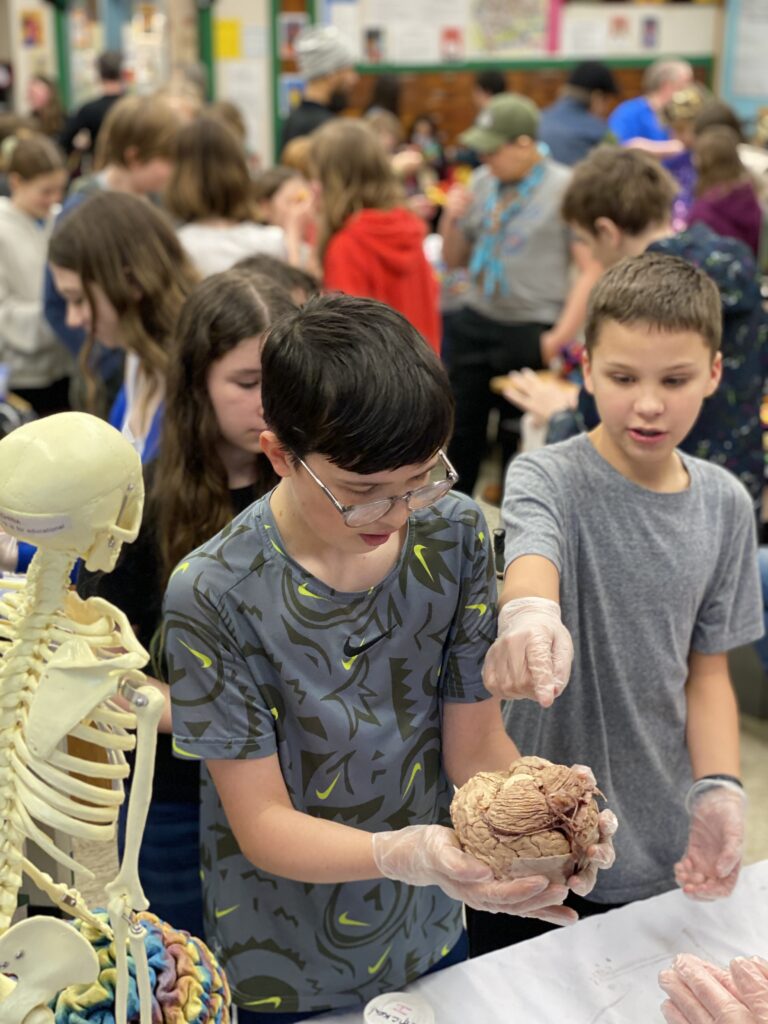
One 6th grader suggested that “you might be able to control people by controlling what information you give them,” which seemed particularly apt given the current social and political environment in the United States!
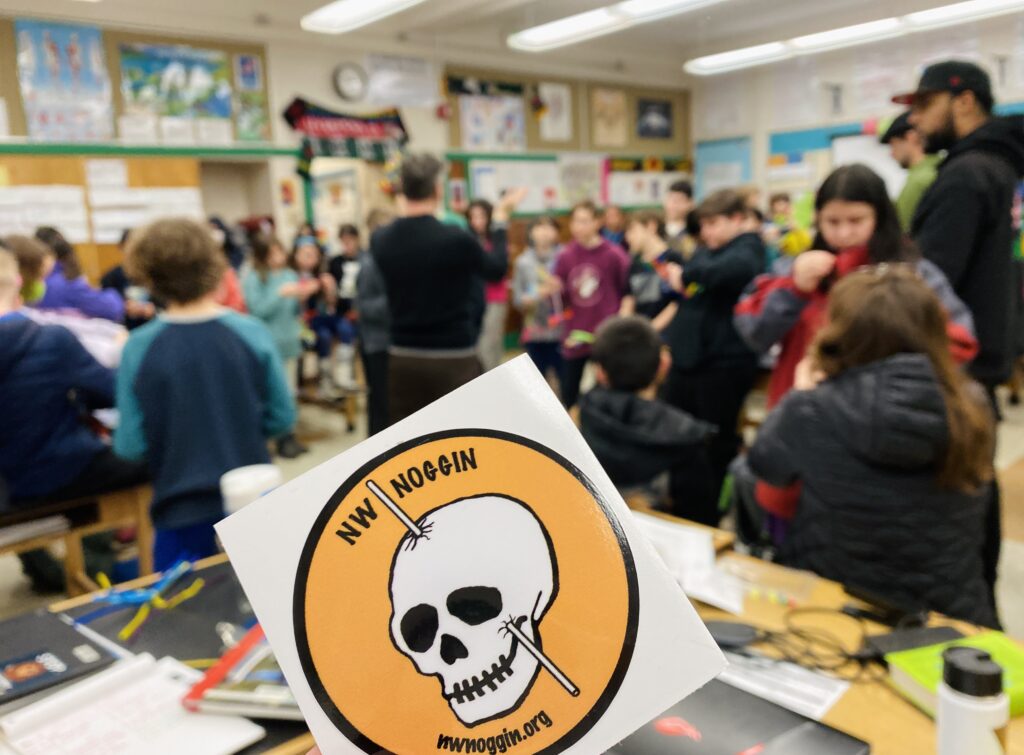
Fox News, for example, recently admitted to lying about voter fraud claims they’d repeatedly broadcast, aimed at convincing viewers to back evidence-free efforts to overturn a successful democratic election. And Republican politicians in states like Florida, Texas and Idaho are trying to censor educators, remove books from school libraries and prevent any public discussion of topics related to scientific research, gender identity, Black history and more.
LEARN MORE: Off the air, Fox News stars blasted the election fraud claims they peddled
LEARN MORE: Critics say Florida aims to rewrite history by rejecting African American studies
LEARN MORE: Combatting Misinformation and the Assault on Academic Freedom with Research, Education, and Advocacy
LEARN MORE: Ron DeSantis And The Battle Over Black History
LEARN MORE: Republican states aim to restrict transgender health care in first bills of 2023
LEARN MORE: Not just Florida. More than a dozen states propose so-called ‘Don’t Say Gay’ bills
LEARN MORE: Librarians Decry GOP Moves to Ban Books in Schools
LEARN MORE: Ron DeSantis announces plan to block DEI programs in state colleges
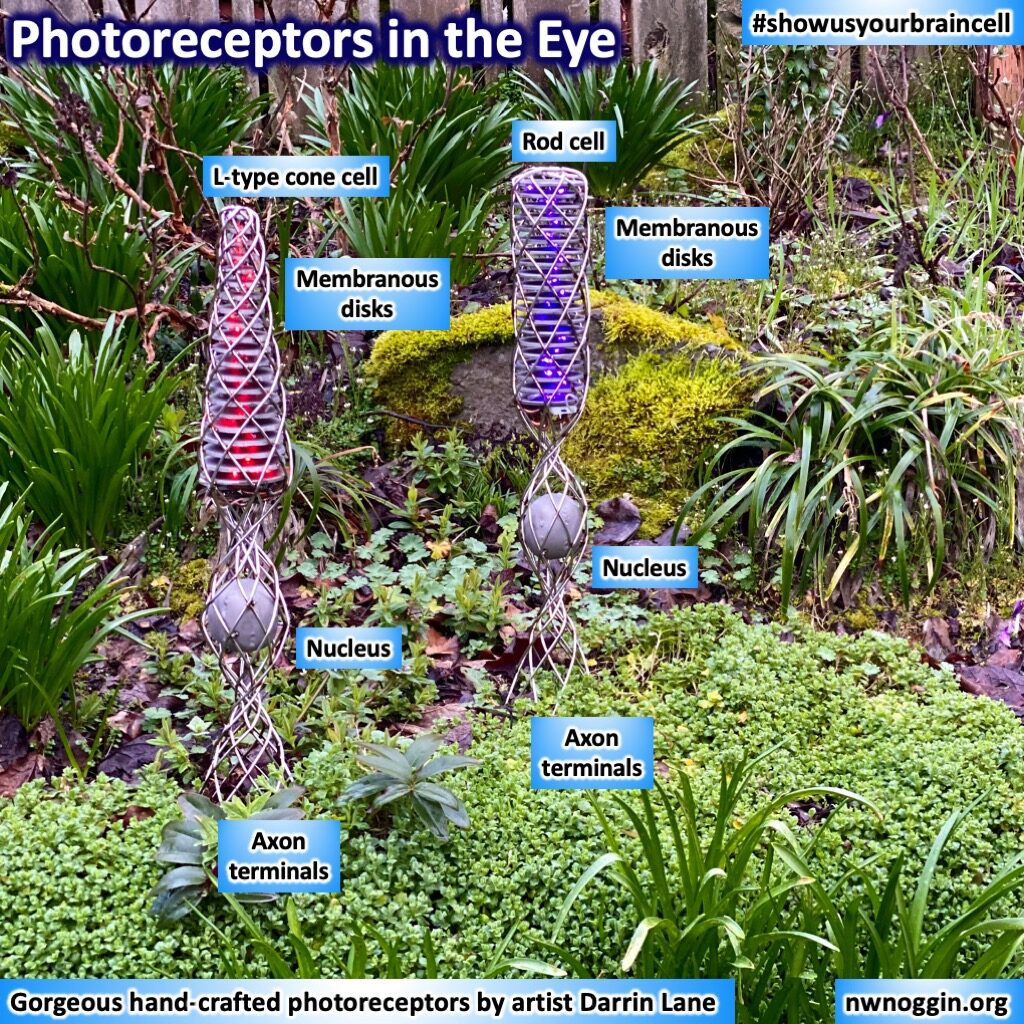
It was fascinating to consider how limited the information our brains have available through our specialized sensory (or afferent) neurons, from the photoreceptors which convert a tiny sliver of electromagnetic radiation in the narrow range of visible light to the inner hair cells waving their spring-linked stereocilia in response to sound waves.
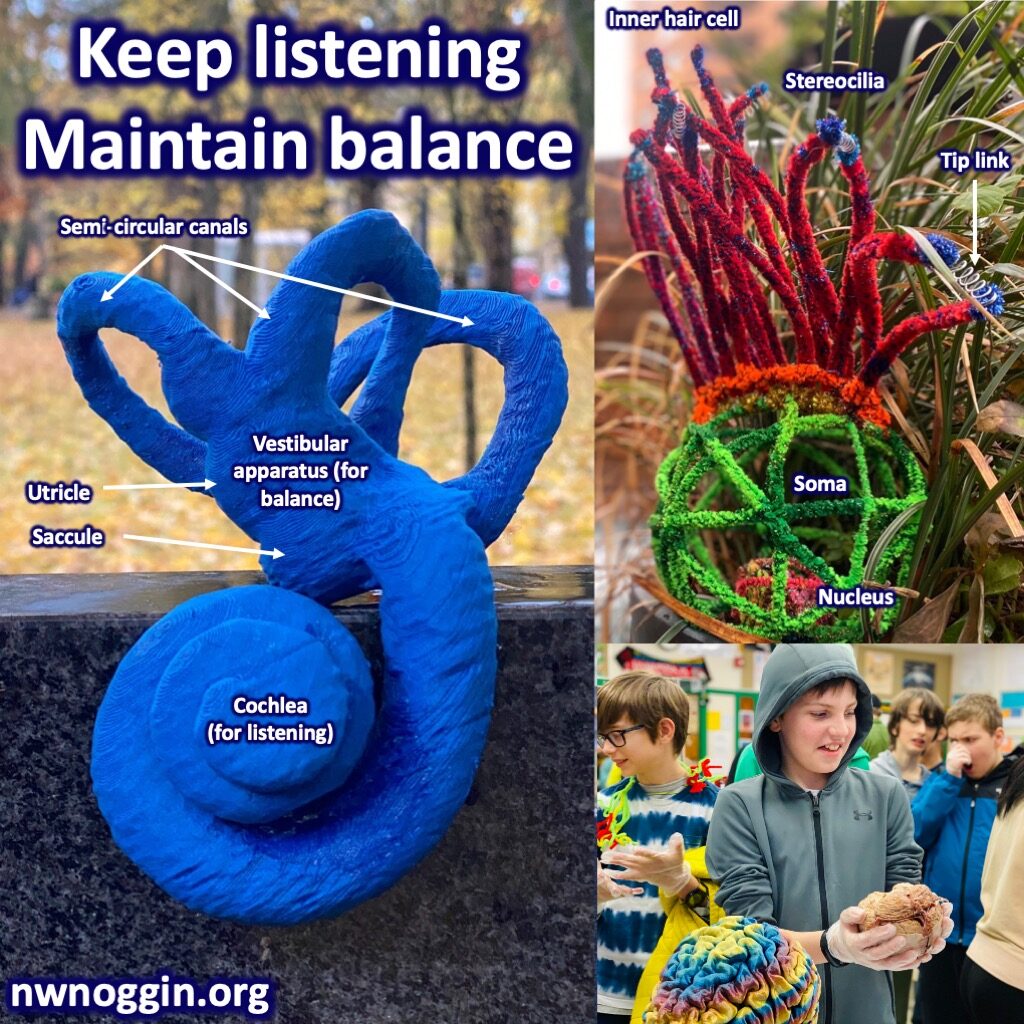
LEARN MORE: Photoreceptors at a glance
LEARN MORE: Hair cell transduction, tuning and synaptic transmission in the mammalian cochlea
Most of us further limit our exposure to new ideas and perspectives that might challenge our existing biases by checking the same websites, interacting with similar people and frequenting similar places. We exhibit confirmation bias, a tendency to search for or interpret information in a way that confirms what we already believe. When information is deliberately withheld, completely fabricated or intentionally distorted, it can most definitely alter how we think, and likely influence our behavior, too.

“Most of us are about as eager to be changed as we were to be born, and go through our changes in a similar state of shock.”
— James Baldwin
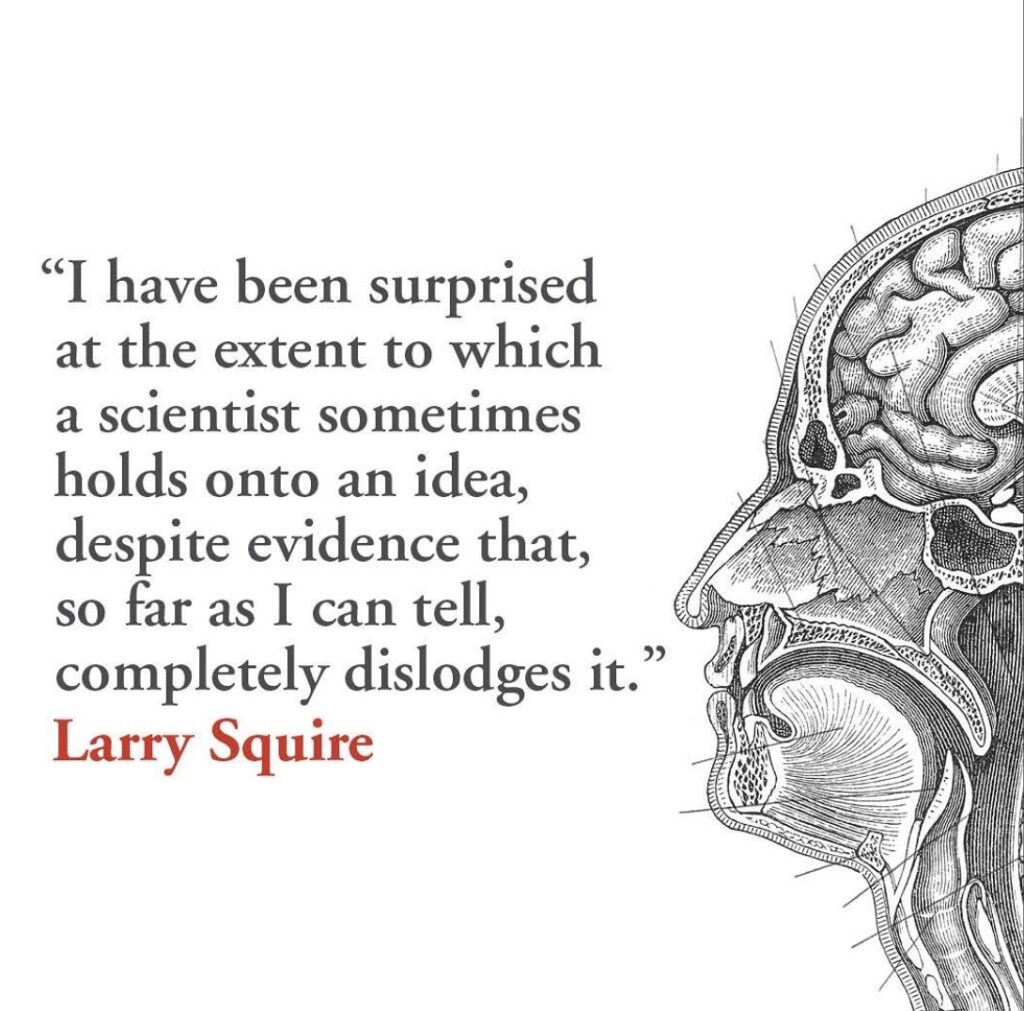
LEARN MORE: Confirmation bias
LEARN MORE: Confidence drives a neural confirmation bias
Can we reduce the risk of brainwashing, and bias?

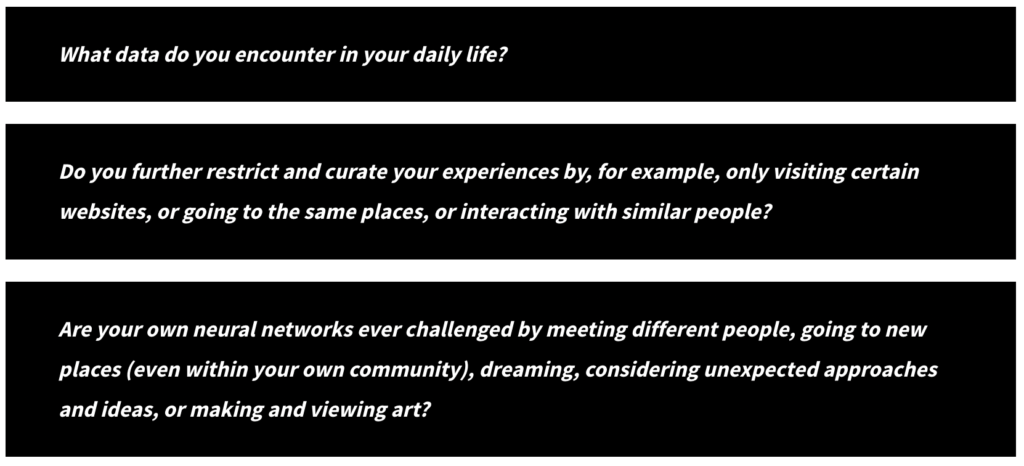
We recently presented on these topics at the Portland Art Museum in a workshop on neural networks. Checking more sources, visiting new places, seeking out a wider range of ideas and perspectives, getting to sleep and dream, and making and viewing art – can all support more informed decision making, promote brain plasticity, challenge biases and help us see and empathize with others.
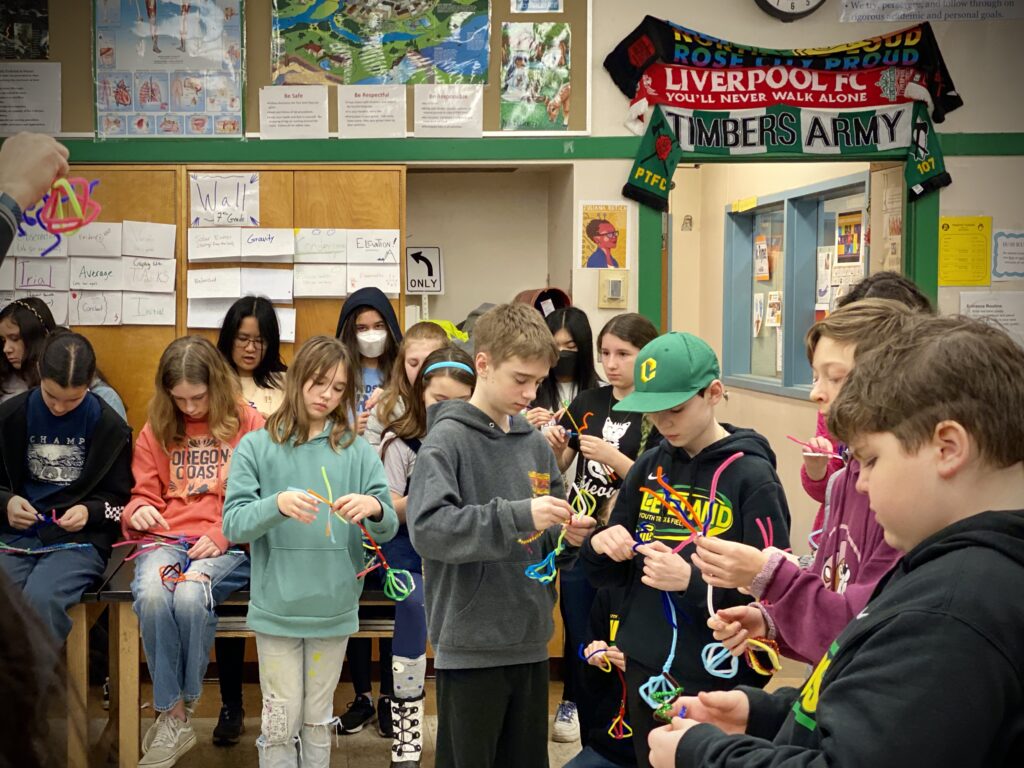
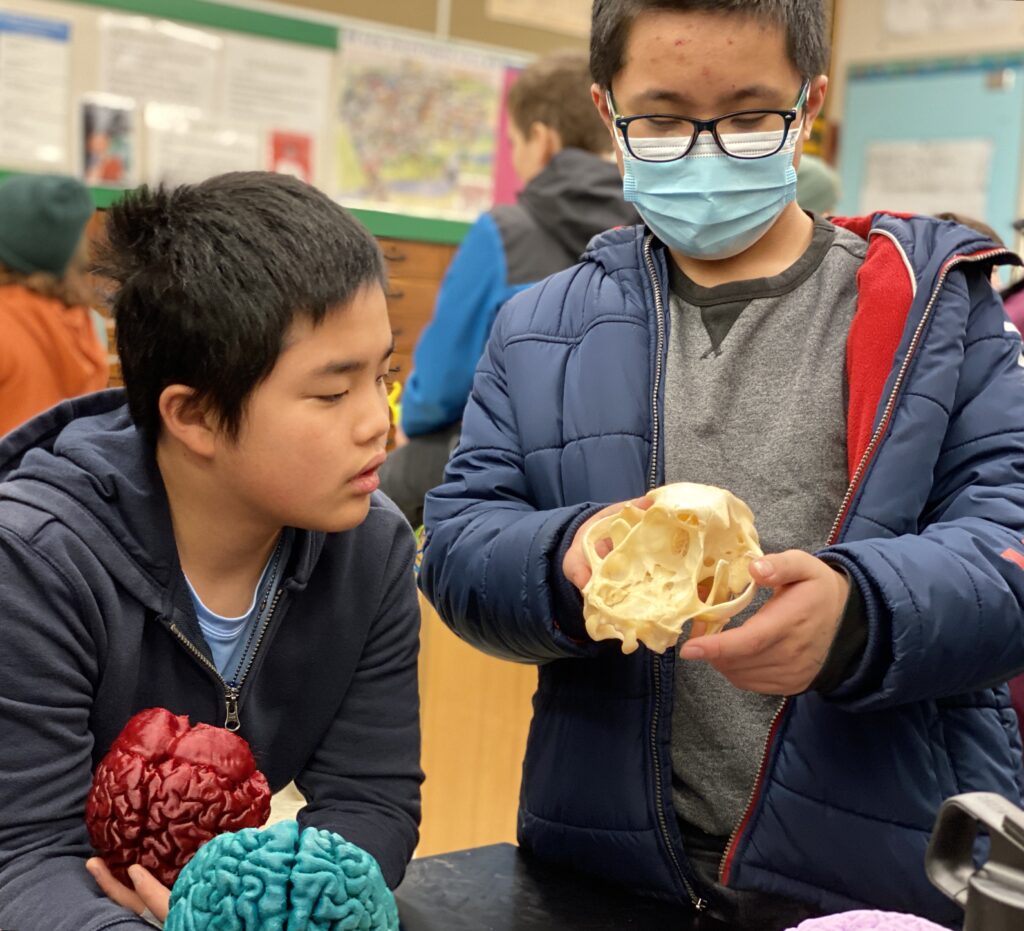
LEARN MORE: We are all neural networks
LEARN MORE: Make Your Own Pipe Cleaner Brain Cell!
Is Memory Physical?
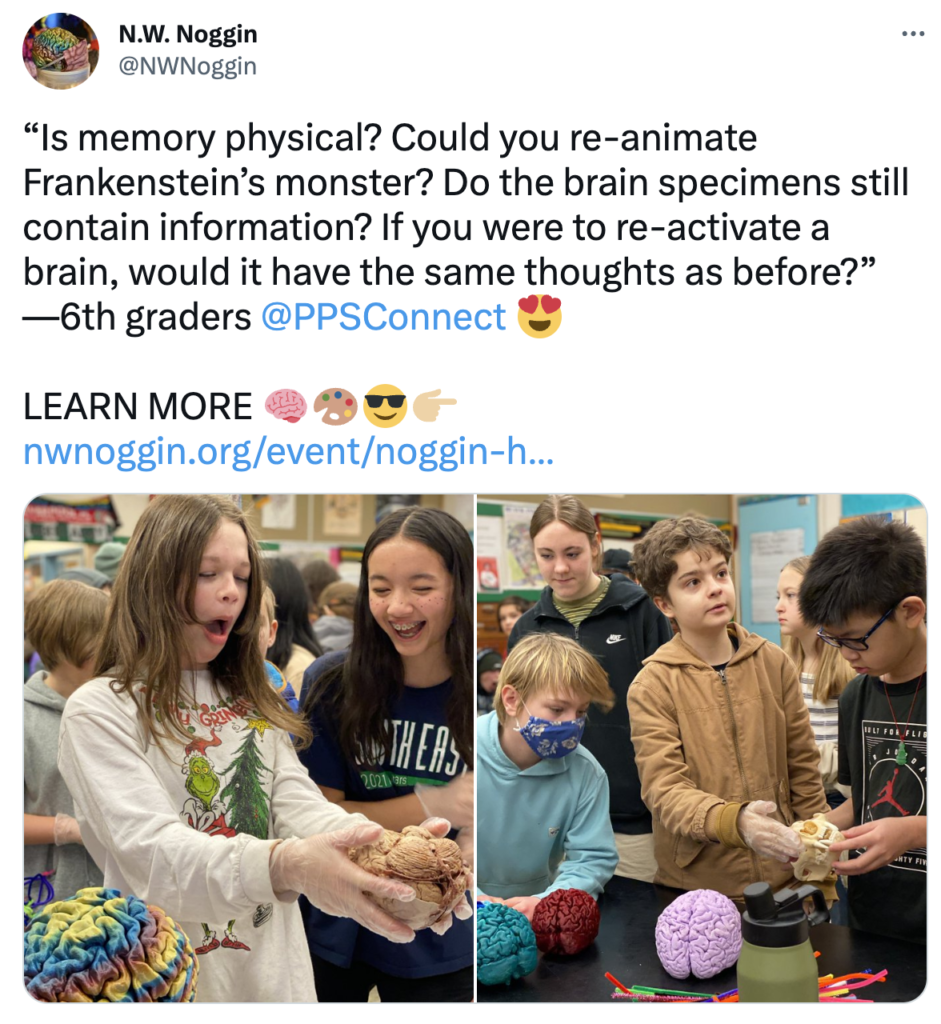
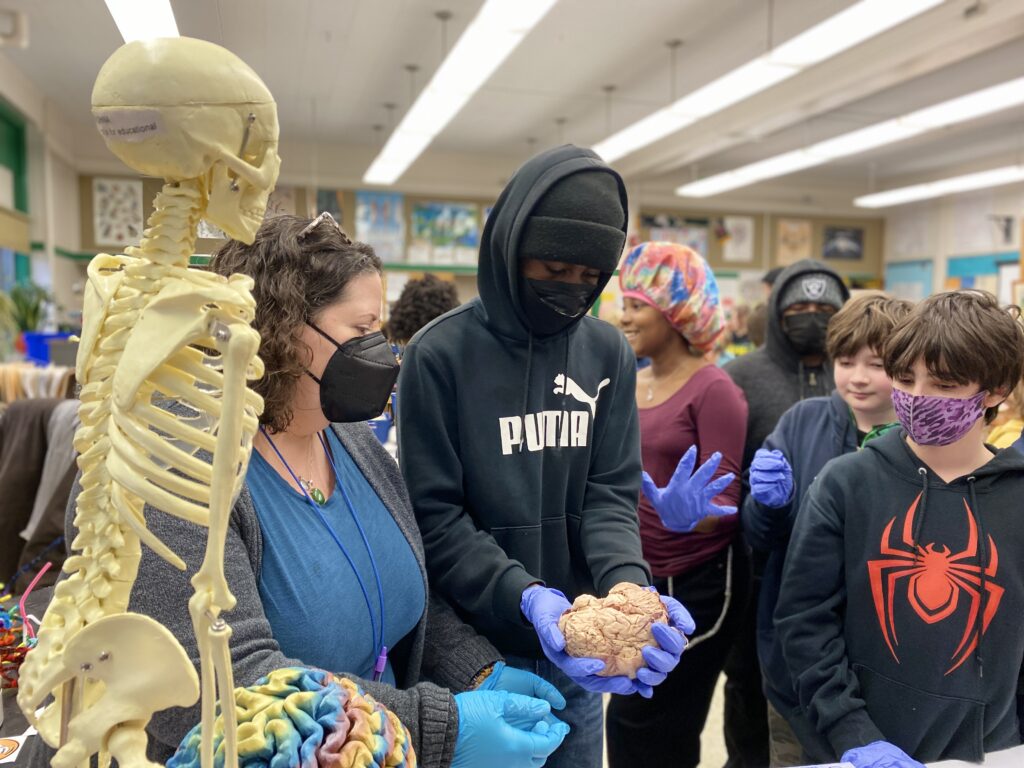
Memory has long fascinated philosophers, psychologists, neuroscientists and just about everyone else, because memory involves the specifics of who we are, our own stories and experiences.
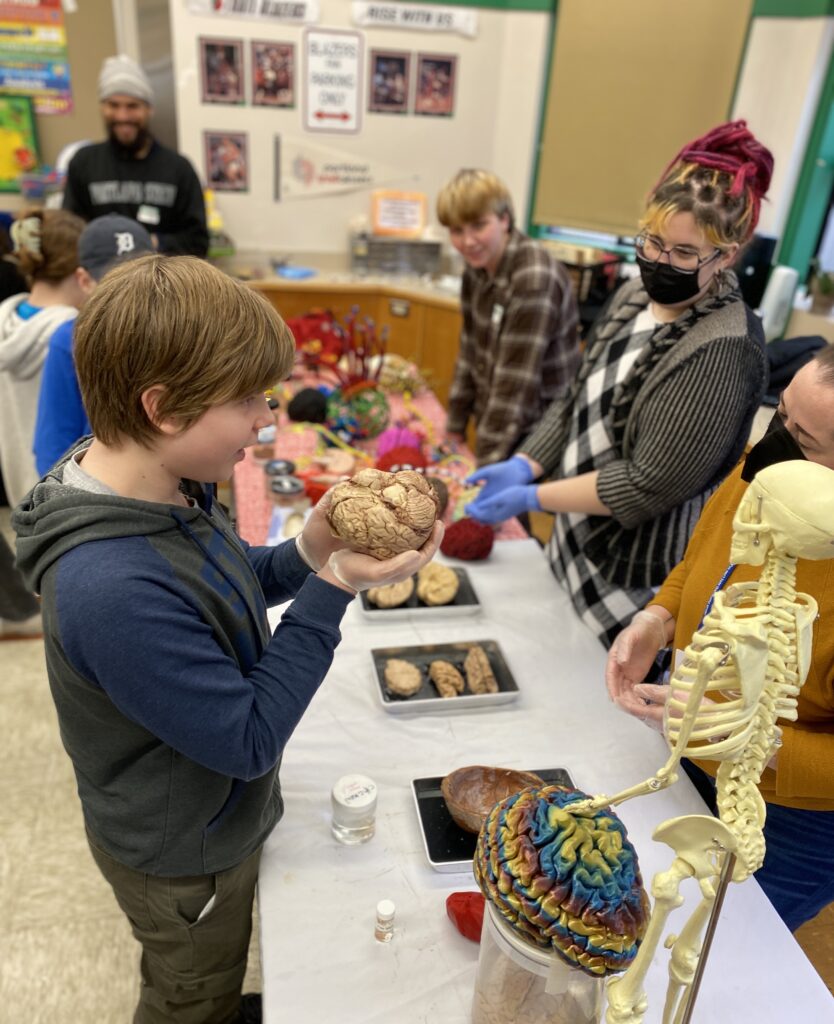
And there are several types! We remember, for example, what we think happened during various moments in our lives. We remember skills – to walk, to bike, to throw a ball. We also remember a broad range of likes and dislikes, how to speak and understand our language (or languages!), and tons of facts about our world, our country, and our families, friends and communities.
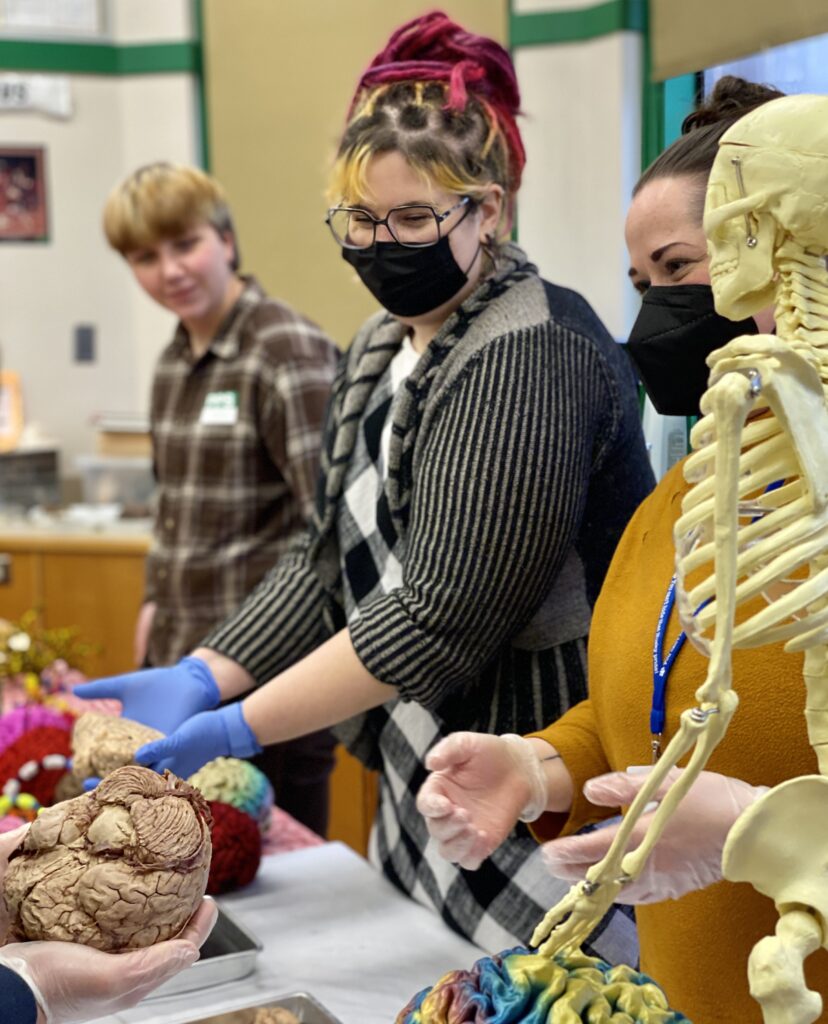
And memory is physical!
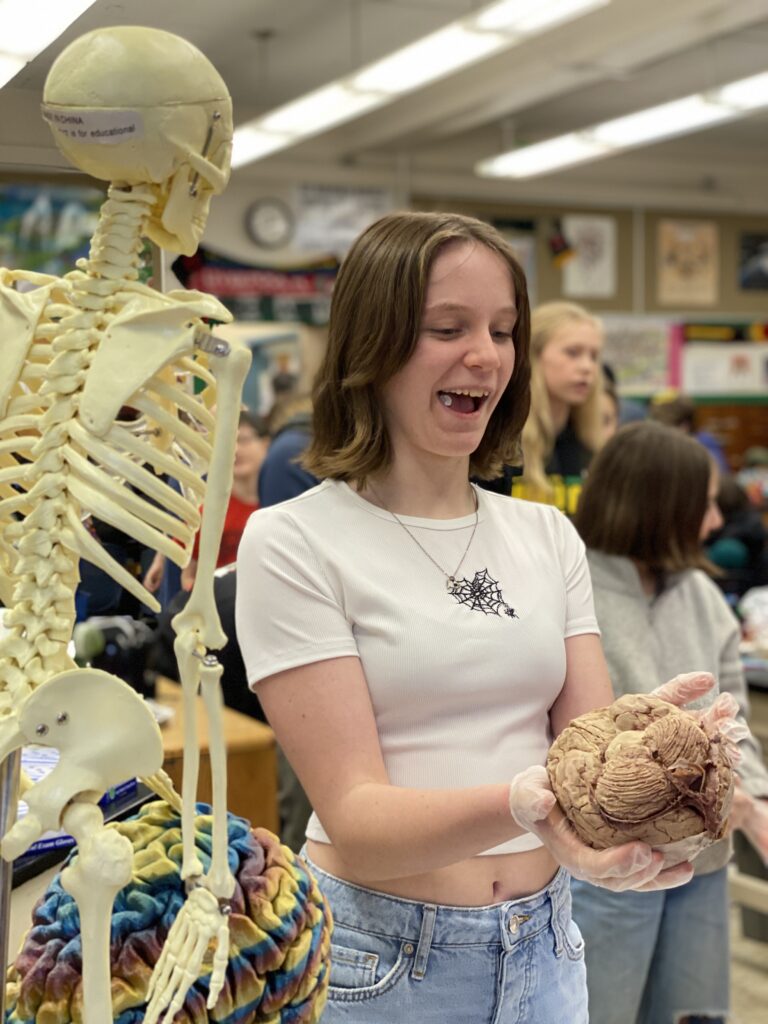
Episodic memory (or declarative memory, or explicit memory) is what we often think of when we think of memory. It is our memory for the experiences we’ve had, the episodes that occurred in our lives, and its formation and persistence is dependent, at least for the first 1 – 3 years, on a network of regions in our medial temporal lobes, including a seahorse-shaped structure called the hippocampus.
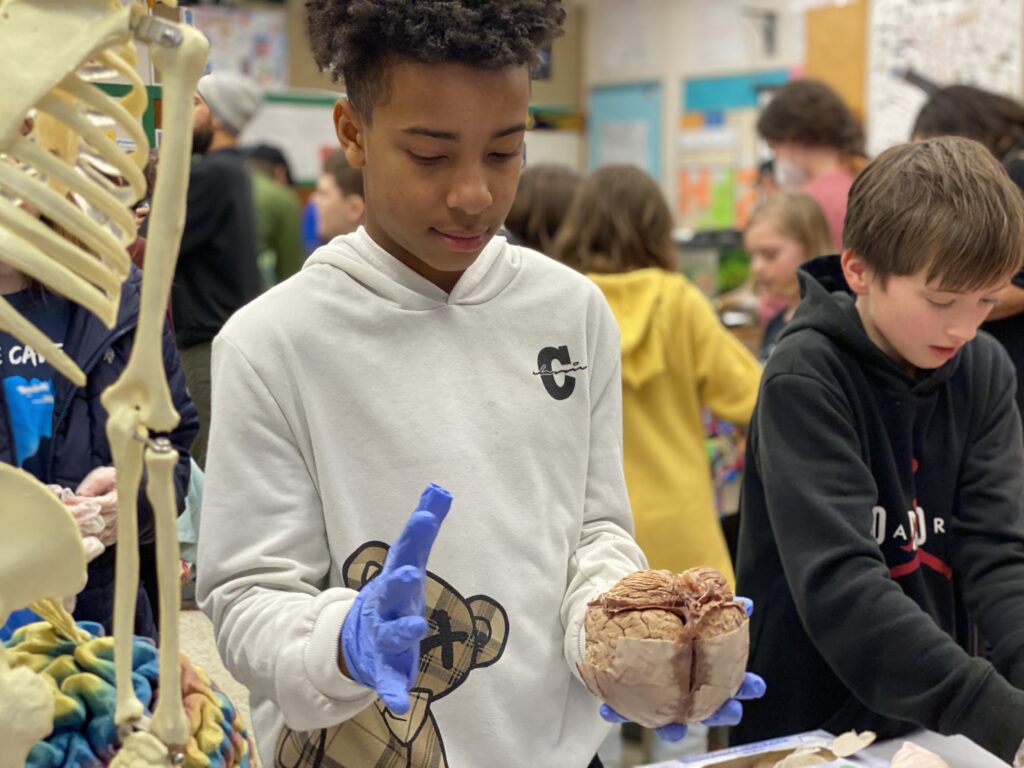

Procedural memory (or implicit memory) is that memory we have for our habits and skills, like drumming, perhaps, or dancing or playing soccer or crafting pipe cleaner glia, and it relies on several networks and structures located below (“sub”) the cortex. These subcortical structures include a set of interconnected gray matter nuclei known collectively as the basal ganglia, which are important for determining when we start and stop movements (and thoughts!), and how fast they occur. These are all important aspects of acquiring skills!

LEARN MORE: The role of the basal ganglia in learning and memory
LEARN MORE: A Critical Review of Habit Learning and the Basal Ganglia
We explored our basal ganglia, along with the neuron-rich cerebellum, another significant contributor to implicit memory, during a recent visit to Sunnyside Environmental School in Portland, Oregon.

LEARN MORE: Role of the cerebellum in implicit motor skill learning
LEARN MORE: The posterior cerebellum supports implicit learning of social belief sequences
We also demonstrated and considered the unique skills we already have and are developing!
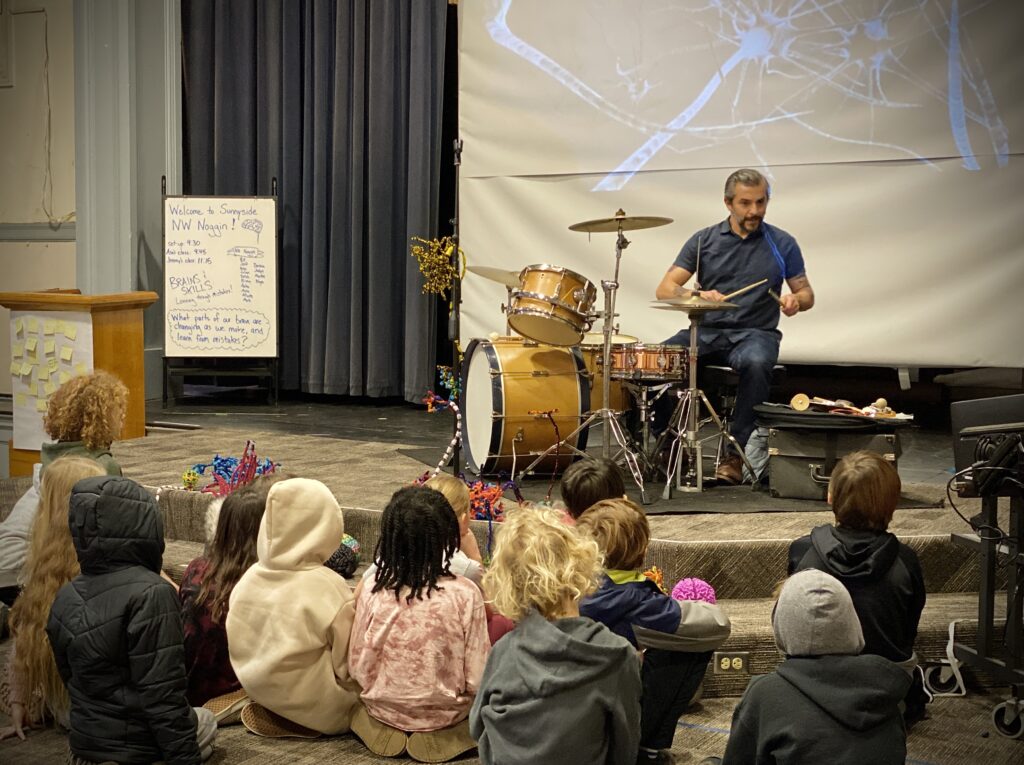
LEARN MORE: Learning through mistakes!
And of course we also develop emotional memories, those likes, dislikes, opinions and sometimes powerfully felt biased reactions we have to certain people, objects or situations based on our past experience. These memories depend on actual physical changes in neuron connections in subcortical structures like the amygdala, a nucleus in our temporal lobes.
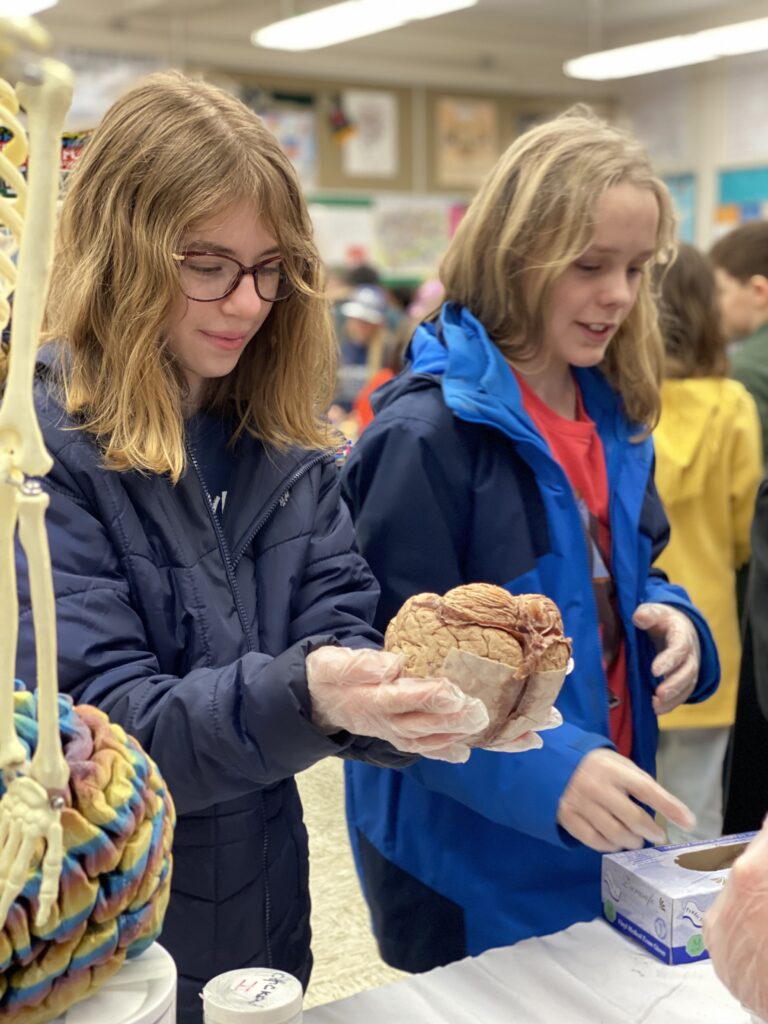
LEARN MORE: How the amygdala affects emotional memory by altering brain network properties
LEARN MORE: Understanding Emotions: Origins and Roles of the Amygdala
We’ve discussed memory, its forms and how each is linked to the engagement of specific networked structures in our brains in many classrooms and public venues. A sampling is listed here:
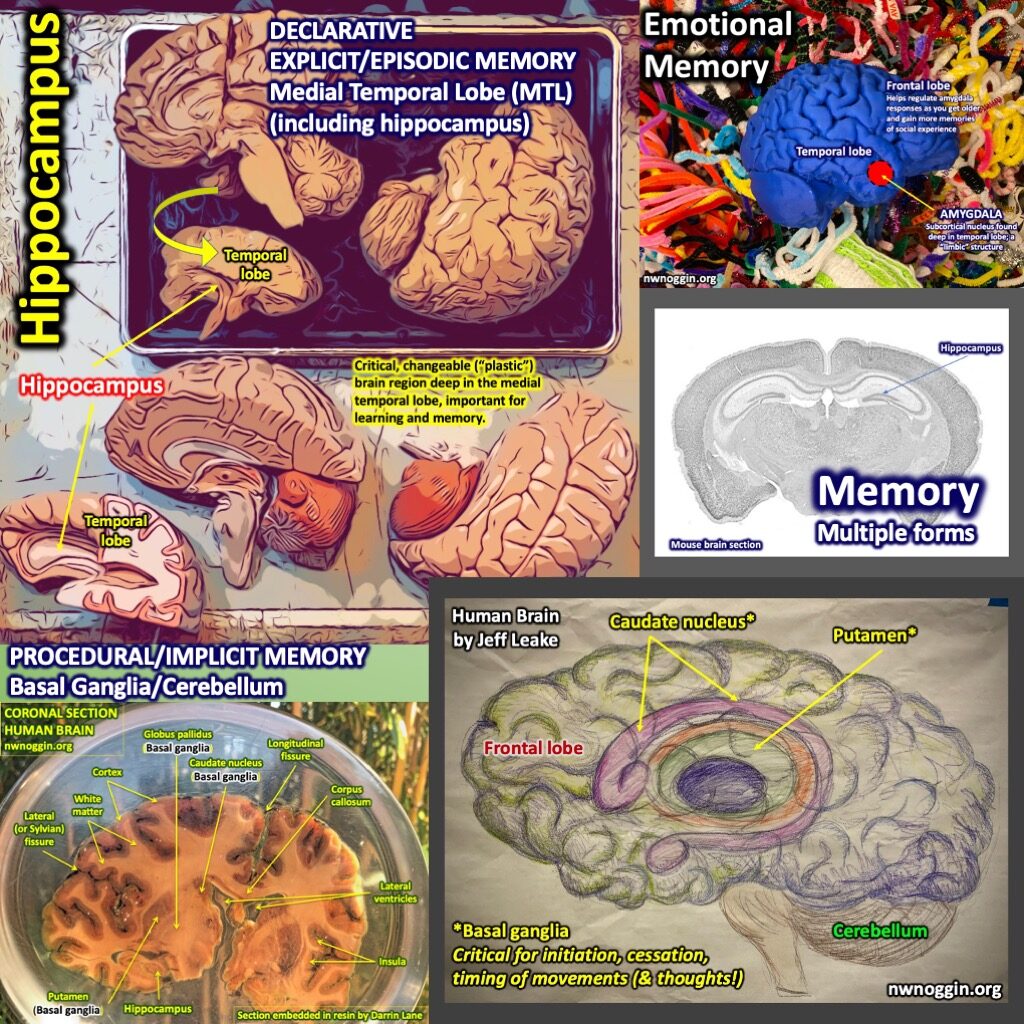
LEARN MORE: Memory, Poetry, Brains
LEARN MORE: Sewing Memories, & Brains
LEARN MORE: It’s Just Like Riding a Bike…Except It’s Not!
LEARN MORE: LTP in La Grande
LEARN MORE: How can you change your brain?
LEARN MORE: Dancing, Parkinson’s & Mistakes
LEARN MORE: Taking children (& extra brains!) to work
LEARN MORE: Basal ganglia @ Beaumont!
LEARN MORE: White Matter on Wy’East
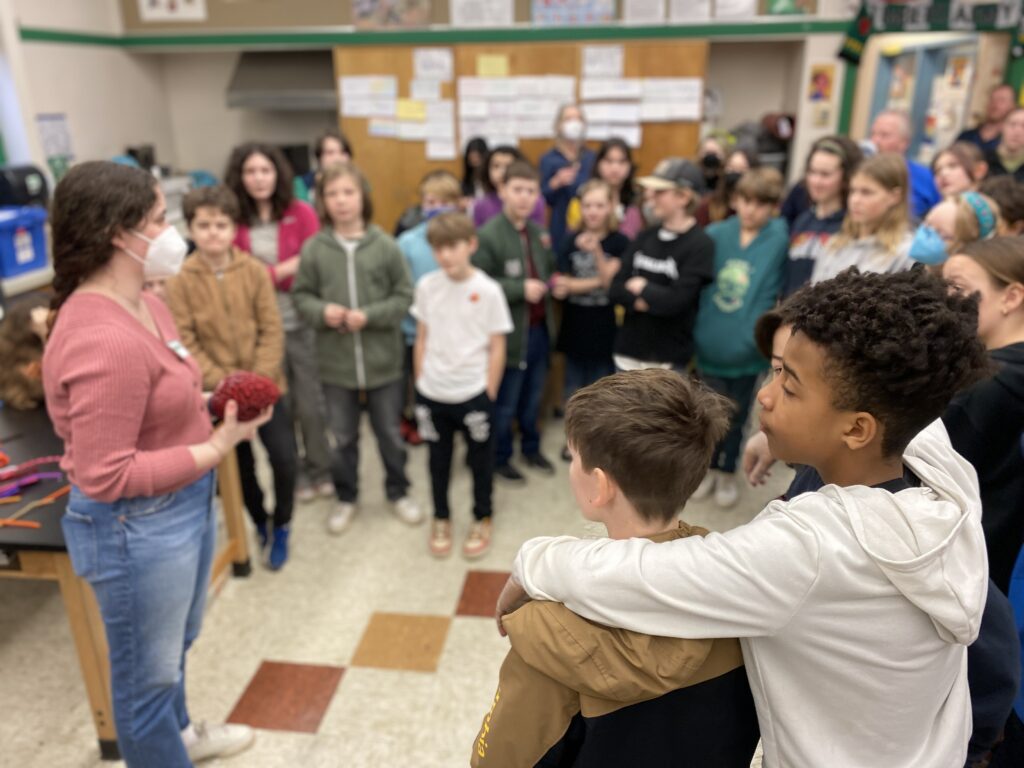
These questions are fantastic, and we learn so much by going places to hear them, physically changing our own brain networks in MTL, basal ganglia and cerebellum to incorporate memorable experiences, while sharing the more relevant stories from classrooms and labs. HUGE THANKS to the curious 6th graders, science teachers and staff at Hosford, and to our extraordinary outreach volunteers for contributing your expertise and enthusiasm for all things art and brain!

“Thank you, all, for your hard work in making such a memorable learning experience at Hosford. You are appreciated!”
— Amy Slaughter, Assistant Principal, Hosford Middle School


